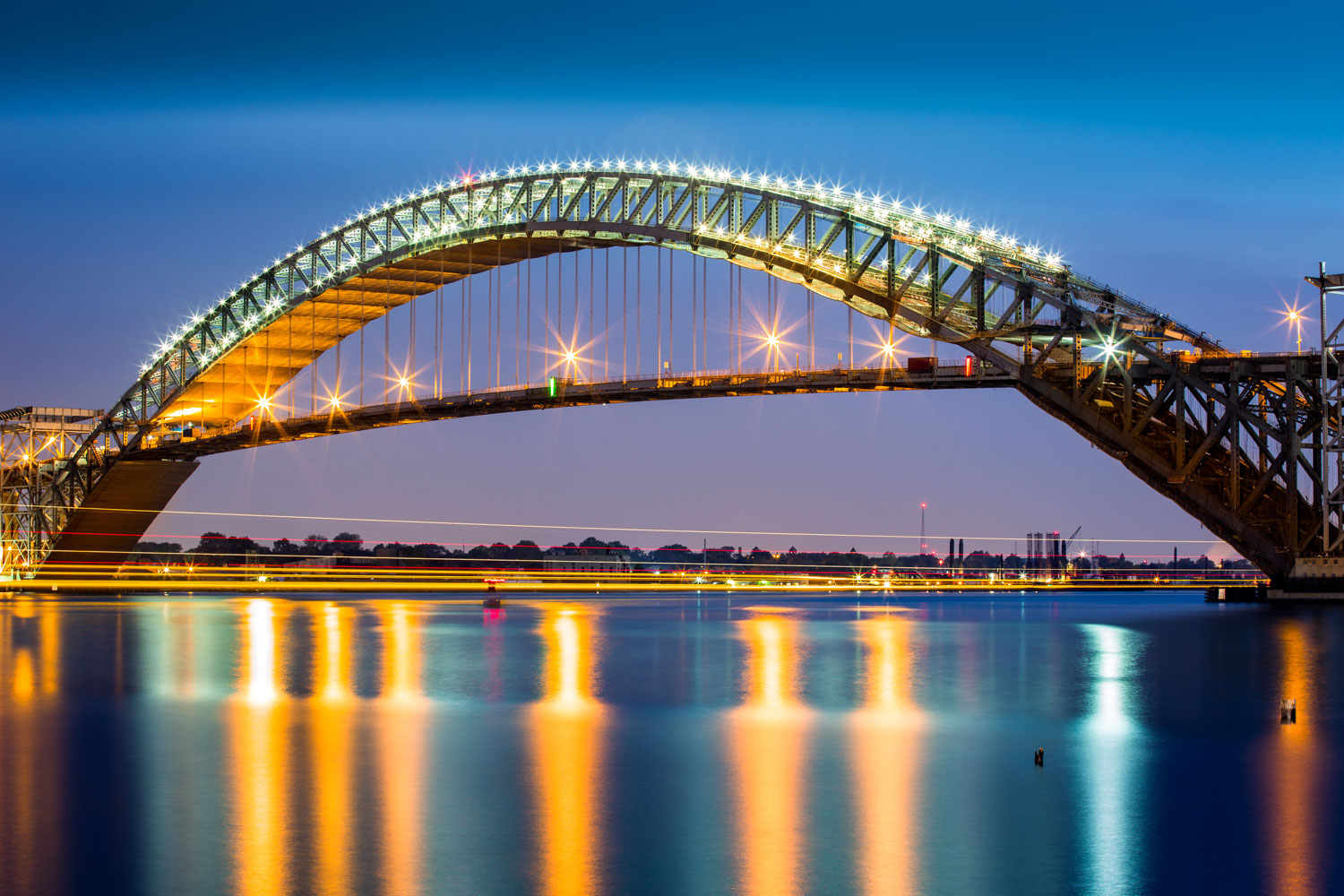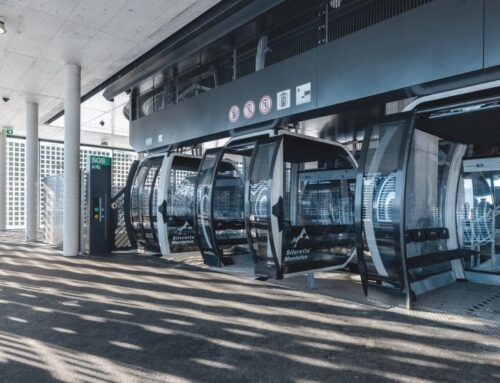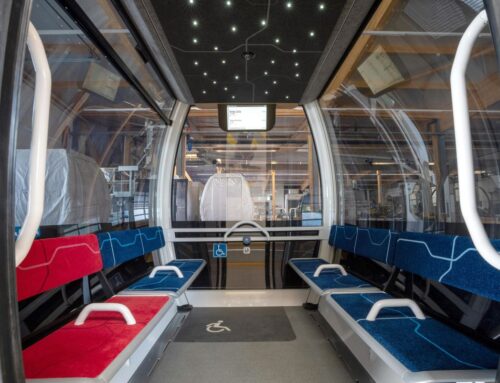Residents of Staten Island have specifically been asked to back the project publicly, as the “Hudson Reporter” writes. The petition is then intended for presentation to the candidates in the next mayoral election in New York City. As the initiator of the cable car project, SIEDC wants commitment from the politicians even before the elections, in the hope that they will subsequently support the project.
“We have too many cars and too few roads,” SIEDC President Steve Grillo summarises. “That gives us two options: we can travel either above or below the road.” SIEDC is therefore seeking construction of a four- kilometre cable car parallel to the Bayonne Bridge, which is intended to transport commuters over the Kill Van Kull waterway.
The gondolas would run between Richmond Avenue and Forest Avenue on Staten Island as well as 8th Street Station on the Light Rail system in Bayonne. The integration of the stations on Staten Island has not yet been resolved; in Bayonne, passengers would be able to transfer directly to the Hudson-Bergen Light Rail (HBLR) network.
“We are talking not about tourist use here but rather a true urban cable car,” Grillo emphasises. Engineering and feasibility studies have already been completed and SIEDC is currently working on the funding for the cable car project. Internationally recognised planning and construction companies are helping here.
Grillo compares the costs of the 2.5-mile cable car, which he estimates at 167 million US dollars, with the construction of one mile of underground railway, which would cost around 400 million US dollars. The journey by cable car would take around 13 minutes and a gondola would leave every twelve seconds.
A total of 163 gondolas is planned, each of which would hold ten people; the transport capacity is 3,000 to 4,000 people per hour. The cable car is intended to run for 24 hours per day and Grillo expects 2,800 to 7,600 passengers per day.
The ticket price would be between four and six dollars but is still open for discussion, as the cable car should be integrated into the fare association of NJ Transit, the New York Metropolitan Transportation Authority and ferry operations.








